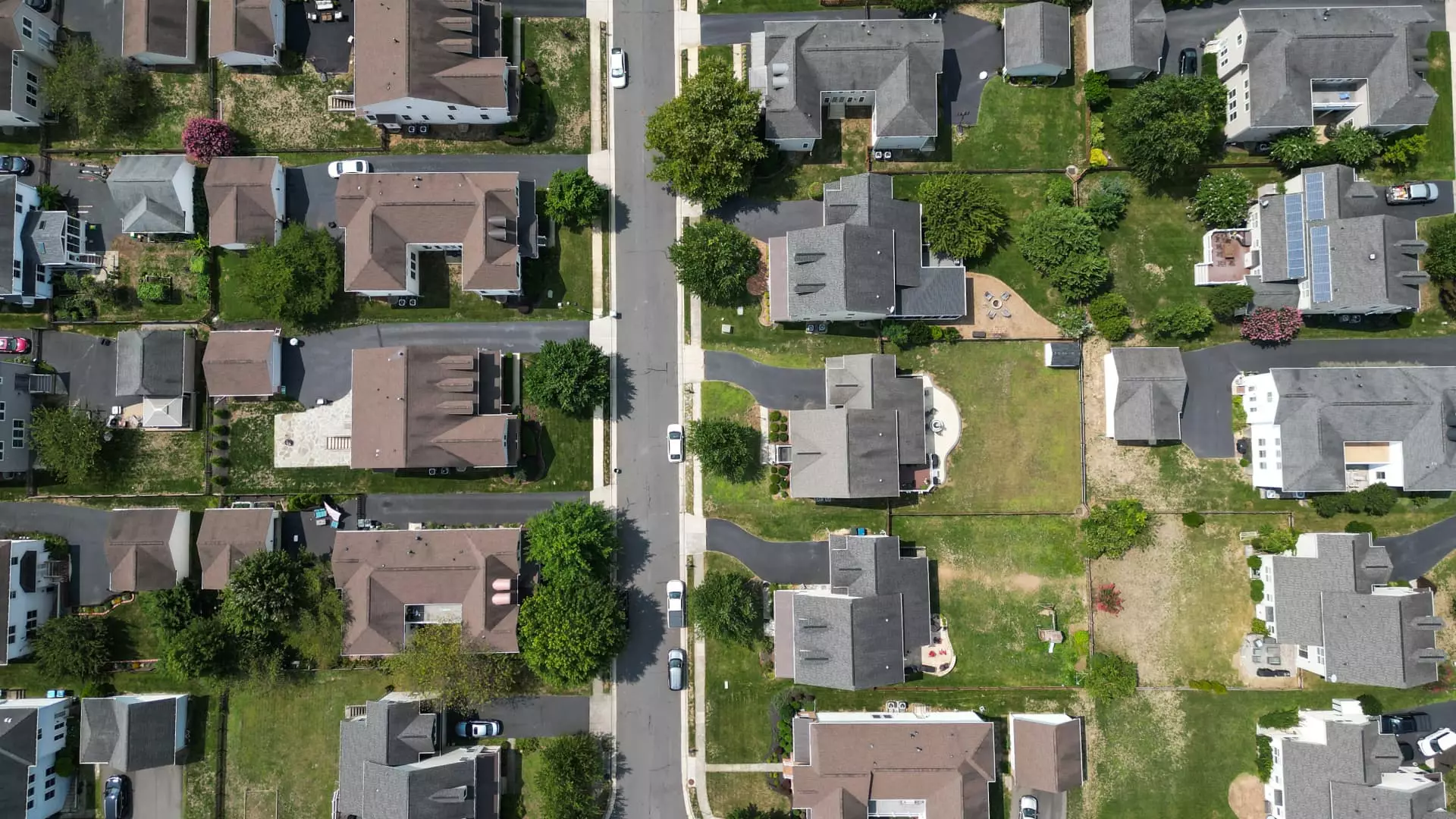Recent declines in mortgage rates, reaching their lowest point since April, might appear to signal a glimmer of hope for prospective homebuyers and homeowners alike. Yet, beneath this optimistic veneer lies a more complex and less promising reality. While refinancing activity surged by 7% week-over-week and was 40% higher than last year, these numbers betray a fundamental truth: affordability remains distorted, and the market’s underlying fragility persists. Lower rates tend to stimulate refinancing, especially for those holding larger loans, but this does not automatically translate into broader housing market vitality or equitable access. Instead, it reveals how even marginal rate fluctuations exert disproportionate influence on seasoned homeowners and wealthy borrowers, leaving first-time buyers and lower-income families on the sidelines.
Refinancing Momentum Masks Broader Economic Hesitation
The heightened refinancing activity, highlighting a notable increase in average loan sizes—up to $313,700—raises questions about who truly benefits from these rate dips. This trend underscores a critical point: the market is primarily appealing to affluent borrowers with substantial equity and larger loans, not to the average homebuyer seeking entry-level properties. Meanwhile, the sluggishness in purchase mortgage applications, which barely nudged upward by 0.1%, points to lingering uncertainty among potential buyers. Factors such as fears of economic instability, inflation concerns, and policy unpredictability suppress genuine market growth. The apparent stability created by falling rates is superficial; a deeper dive reveals a market still hesitant to fully commit, constrained by economic fragility and social inequities.
The Risks of Over-Reliance on Rate Fluctuations
In an era where monetary policy influences are wielded as a primary tool for economic stimulation, there’s a dangerous tendency to view rate drops as a panacea. This mindset risks over-reliance on a fragile financial market that can easily revert to instability. While mortgage applicants enthusiastically seize opportunities to refinance, their optimism may be misplaced if broader economic conditions deteriorate or if interest rates rise again. This cycle of minor rate adjustments and brief market enthusiasm can create false momentum, but it fails to address the deeper issues: wage stagnation, housing affordability crises, and growing inequality. So long as these structural issues persist, reliance on temporary rate decline will do little for the average family trying to afford a home.
A Center-Left Perspective: Careful Optimism, Not Blind Faith
From a centrist liberal perspective, the recent rate declines underscore the need for policies that go beyond superficial market signals. While lower rates provide temporary relief, true progress hinges on comprehensive reforms—strengthening renter protections, increasing affordable housing stock, and ensuring wage growth keep pace with living costs. Relying solely on market adjustments neglects these fundamental issues and risks creating a bubble of illusionary stability. A balanced approach involves cautious optimism paired with strategic policy measures aimed at fostering equitable growth and sustainable homeownership opportunities. The market is signaling something, but it’s not a clear victory—it’s an invitation to examine underlying vulnerabilities and address systemic inequities that no amount of rate tinkering can fix alone.

